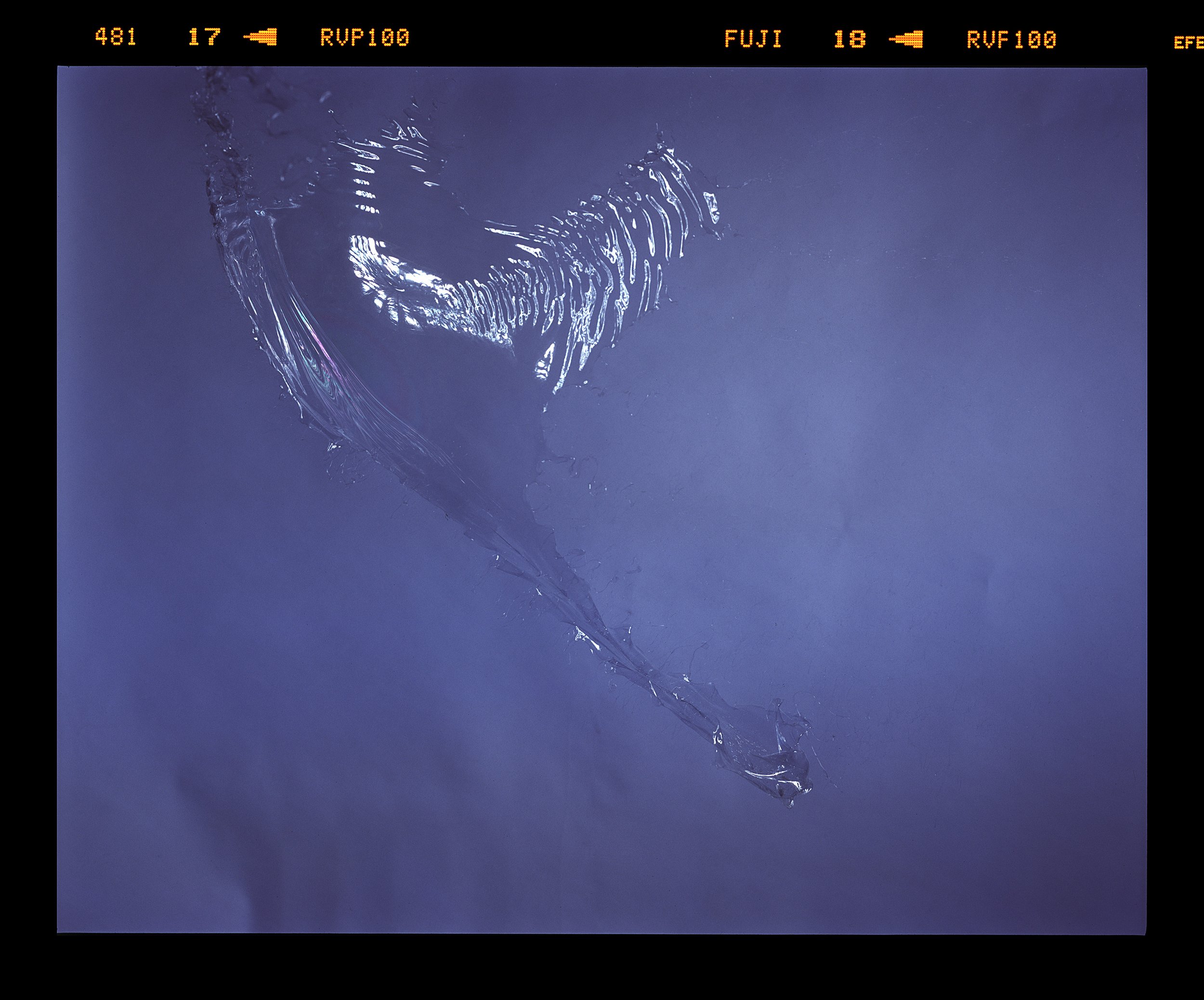O (0, 0, 0)
Series 2019
"The social world is known through structures, not intentions, functions, or history." (Jessop, Bob. Structuralism)
“Structures are hidden, unconscious or deep foundations that, according to codes, logic or laws, give rise to superficial phenomena and events” (Léon, Jacqueline. Historiographie du structuralisme generalisé. Etude comparative)
In this work, following the structuralists in linguistics, the question of the presence of a center and composition itself, as a projection of collective memory in the visual field, is explored. Center as an antagonist of the periphery. Analysis of the possibility of the existence of the center in our time, both in the socio-political space and in the space determined by the boundaries of the frame. A soap bubble was chosen for studio shooting, as a metaphor for the inconsistency and fragility of the existence of a composition subordinated to the center. The studio acts as a space for experiment, a laboratory in which one can test the possibility of the existence of a substance/mass as such in any of its current forms. The film frame was saved and became a part of the work. It is included in the visual field, testifies to the registration of observations, revealing the boundaries of the image, reminding of their existence. Frames out of sync (the image goes beyond the frame space) show a technical lag in time and space. By its erroneous nature, calling into question the correctness of the existence of stable compositions with a centrifugal beginning, inspired by the solar system of the world order.
‘ Alina Khalitova's work “Asynchronization” from the series “O (0, 0, 0)” depicting the soap bubbles interested me not only because of the time of the exhibition, but also due to the perception change of the object after some time. Since Ms. Khalitova comprehends the concept of time and media as such, interpretation this work is impossible without paying attention to her other work - the installation “1X1=1” the image of vitrines. Basically, of course, it is possible, but in this case, interpretation might be crumpled, one-sided.
It is also interesting that the work exists in the format of a conceptual photograph (a series of negatives) and it is in this format that one can “enjoy” (vulgarly, but still) all the colourful illusory nature of the object. A soap bubble is such a general (in its pure form) replica of childhood (to something light, fleeting and beautiful), but the static nature (a slice in time is another space of Alina Khalitova’s work) of these bubbles, which as a “fact” presents us the author, creates a very complex and long “gap again”, gives too much time for perception. By now we have already forgotten that this bubble existed for seconds, but in the form of a photograph, we may contemplate it for centuries. One may consider its structure, shades, colour, and trick of the light. The longer you look at it, the more you forget what you are dealing with. It is strange, yes, to look at a soap bubble during the war, which, if it existed, then when? What for? And certainly not as it is presented.
At some point, such a replica to the reality as a bubble, or even a “bubble in a bubble” (this is how one of the works in the series looks like), overturns into realization that there is no past, there is no future, there was no “childhood”. In general, these illusory categories: freedom, tomorrow, plans for future, goals - in fact exist (that is real, not an illusion, it is existing reality), and the form of life itself as a memory is possible only in the form of a text, document, snapshot (print).
One would think (imagine) that Ms. Khalitova shows us the illusory charm of a bubble, if not for the cut-offs in format and time on the film, always reminding us that we are not looking at a painting and not a real object, but its double reflection.’ (Yuli Ilyushchanka)





